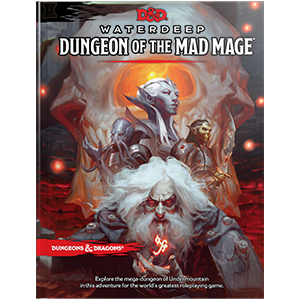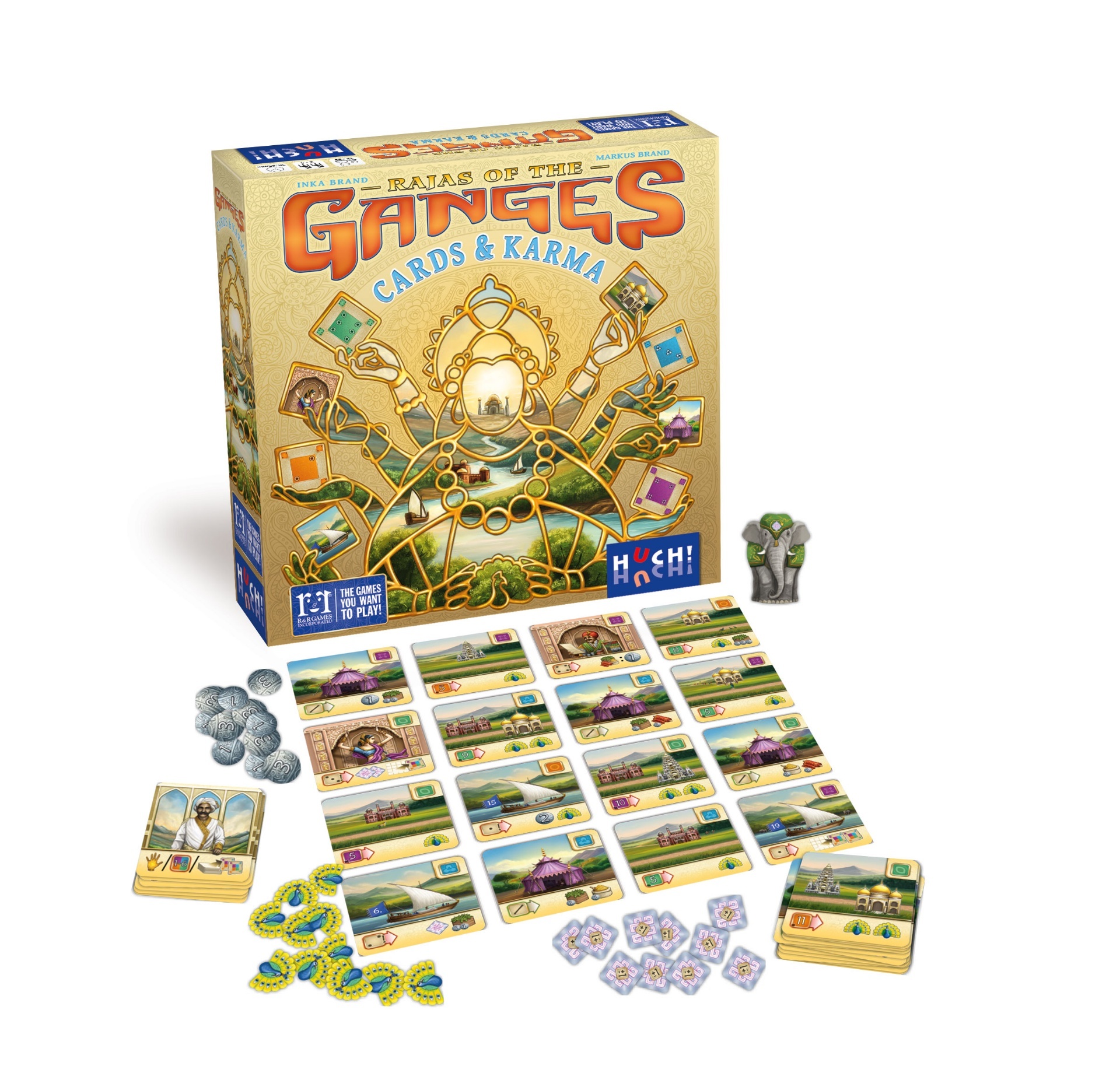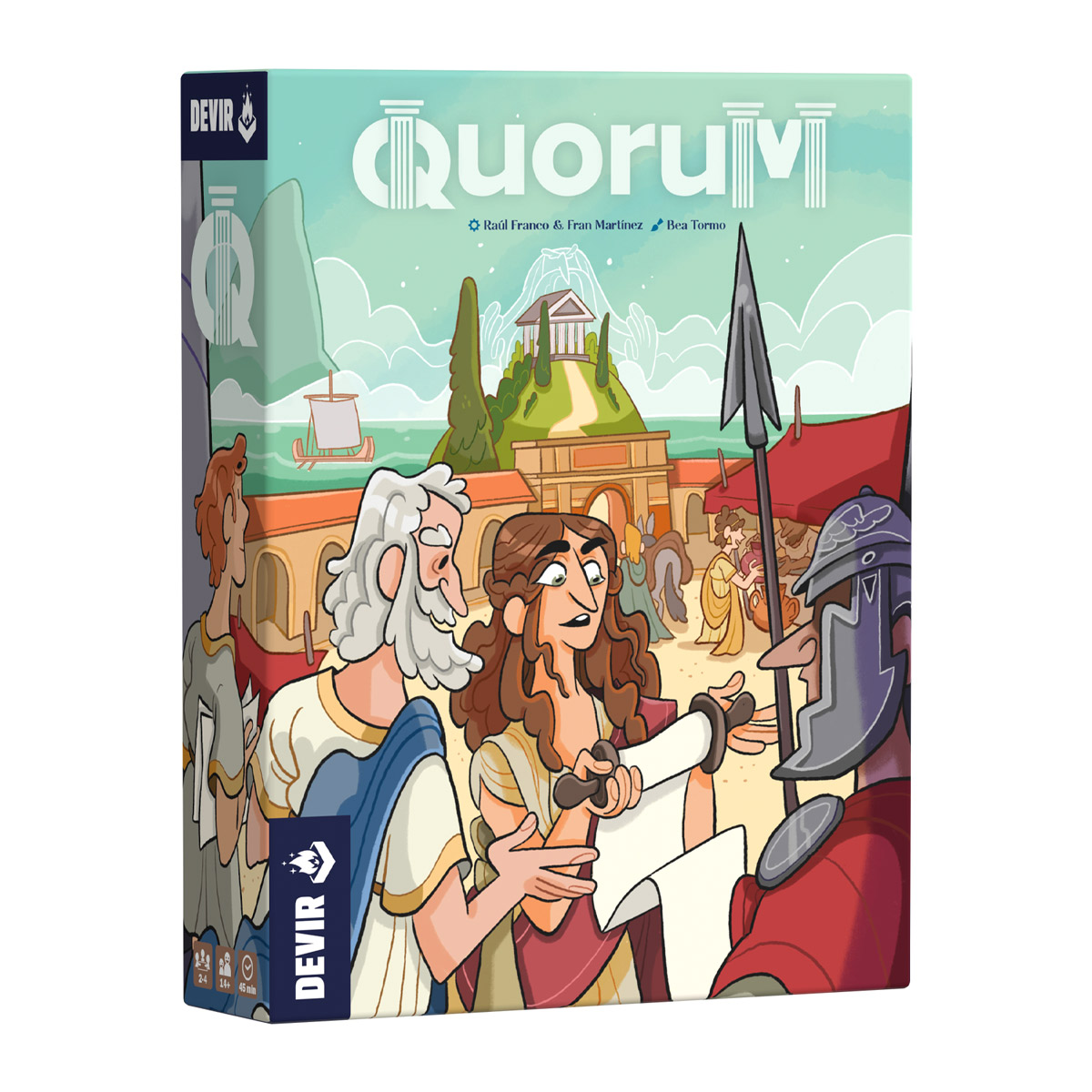 Hot on the heels of Waterdeep: Dragon Heist is part two of the campaign, Waterdeep: Dungeon of the Mad Mage. Dungeon of the Mad Mage is designed to pick up right where Dragon Heist leaves off, with the PCs well-established in Waterdeep and at 5th level. PCs will finally be able to delve into the massive megadungeon that sits beneath the Yawning Portal.
Hot on the heels of Waterdeep: Dragon Heist is part two of the campaign, Waterdeep: Dungeon of the Mad Mage. Dungeon of the Mad Mage is designed to pick up right where Dragon Heist leaves off, with the PCs well-established in Waterdeep and at 5th level. PCs will finally be able to delve into the massive megadungeon that sits beneath the Yawning Portal.
What constitutes a megadungeon? It’s a complex massive enough, varied enough, and fun enough to serve as the tent-pole for an entire campaign. Tasked with completing such a massive project, the team at WotC tapped a number of different authors to help out. Among them was Kiel Chenier, winner of the Gold ENnie for Best Adventure in 2017. Kiel is best known for his newbie-friendly blog, Dungeons & Donuts, and for his emphasis on making things easy to use at the table in the thick of running an adventure. Kiel, being the awesome guy he is, was happy to chat about his work on Dungeon of the Mad Mage (or, at least, as much as he could under the baleful gaze of WotC’s NDA-enforcing beholder squad).
You’re known for cool self-published works as well as your ENnie-award winning work with LotFP. How was working with WotC different?
Working on a game that has a long history of established lore, as well as strict guidelines for style and tone, was a big challenge for me. James Raggi at LotFP tends not to give a lot of notes during the writing process. He only accepts pitches for books that he knows fit his sensibilities and his brand, but after that the writer is free to create and express themselves however they want. With working on official D&D I had to be mindful of the existing worldbuilding that’s been done for the Forgotten Realms over the years. I couldn’t, for example, create brand new monsters or new spells. Instead I had to work with what already exists in the Monster Manual and the various D&D 5e supplements. I’m the kind of person who likes to do new spins or different takes on existing monsters, but in order to keep depictions of monsters consistent across the whole of the game, that’s just not possible. Instead, I had to dig deep into existing D&D lore and find the appeal of monsters and dungeon concepts that already exist. Cristopher Perkins, my project manager on Waterdeep: Dungeon of the Mad Mage, was extremely supportive and helped me grok a lot of Realms specific info I didn’t know.
It was particularly challenging for me, but I learned a lot in the process and my writing improved as a result.
What is Waterdeep: Dungeon of the Mad Mage?
It’s Undermountain bro! It’s a 20 level long megadungeon that takes players from 5th to 20th level. It’s the biggest adventure module that’s been made for 5e D&D. For those unfamiliar, Undermountain is a massive dungeon complex beneath the city of Waterdeep. It was once owned and expanded out by Halaster Blackcloak, the titular Mad Mage. Halaster disappeared over a hundred years ago, but one never truly knows with powerful wizards. He may still yet live, toiling away on magical experiments thousands of feet beneath Waterdeep. This book also has details on Skullport, the hidden underground city beneath Waterdeep that’s run by Xanathar the beholder.
Dungeon of the Mad Mage is a megadungeon involving multiple authors. What sort of guidelines did WotC give you to make sure your work fit seamlessly with the rest?
We were each given a rough outline of the levels we were to write content for. The broad strokes of each level (main villains, themes, gimmicks, what monsters appear, etc) were already determined for us. It fell to us to fill in the specifics of the dungeons: the room descriptions, the puzzles, the incidental NPCs and monsters. This allowed each of us to be creative and come up with our own unique takes on the dungeon, while also adhering to the overall story and stylings of Undermountain. Many of us freelance authors also shared ideas and collaborated with one another to make our levels cross over and fit together as seamlessly as possible. It wasn’t a ton of collaboration, but enough to make sure we weren’t writing things that were too similar.
One thing I respect about the official D&D writing team is how organized the whole process is. I’ve never worked on a project with such fast turnaround and delivery before at this scale. It’s impressive to see.
What sort of experiences did you want to create in the areas you designed? What will make players remember the section of the dungeon you designed?
I can’t say much about the specifics of what happens on my levels, but I will say that I tried to include the following in mine: encounters that can be overcome without combat, weird ass body horror, LGBT characters, and charming monsters. One thing I am bolstered by with 5e D&D is that I have the freedom to write and include gay and trans characters as NPCs, both goodly and villainous. Much of the freelance writing team wrote this dungeon with an eye towards equal representation of gender and sexuality in its cast of characters. I’ve been told by editors and fans in the past that my work “is too gay”, which I find kind of baffling. Most of the D&D I run and play tends to prominently feature queer characters, which given that myself and most folks I play with are queer shouldn’t be a surprise. So having prominent LGBT characters in my levels was something I wanted.
One other thing I hope people remember from my sections is the setups for challenges and encounters. I tried to write most rooms to feature things that required clever thinking or savvy play to overcome, not just combat. Like any dungeon, you can totally fight everything in the levels I wrote, but playing smarter and more creatively will hopefully yield more interesting results. I wrote a lot of traps and obstacles that take some consideration to figure out. That was my way of keeping things at least a little old school.
What were you able to do to help DMs run your section of the dungeon?
Honestly, I just tried to write them as concisely as I could. When it came to NPCs and notable monsters, I tried to give them all easily pronounceable names, clear motivations, and noteworthy features that would help players remember them better. There’s nothing worse in a game of D&D than meeting a room full of NPC’s with goofy fantasy names and being required to keep track of them all. I did my best. I also tried as hard as possible to make traps and obstacles that are easy to explain to players without lessening the challenge of bypassing them. I’m a big believer in integrated design in TRPGs (having the layout of the book assist with the conveying of game information), but as a freelance writer that’s not something I get to contribute to at all. That said, the design team of Waterdeep: DotMM is really great, and I’m looking forward to seeing the final product they make out of all of our writing.
Do you have any advice for DMs who want to run a megadungeon?
Don’t let not having a whole megadungeon prepared stop you from starting. Start off with just a single level of dungeon and a handful of ideas of what might be beneath it. Build on that as your players continue through the game. You don’t have to know everything before you begin, you just need to know more than your players do. Also, don’t be afraid to show your players a map from time to time. If you’re planning on having them map the dungeon old school style, be prepared for them not quite getting the maps right. It’s okay to spoil a few rooms, or even an entire level, if it keeps the flow of the game running smoothly.
Intrigued? Ask the D&D experts at your local Dragon’s Lair Comics & Fantasy® about putting a copy of Waterdeep:
Dungeon of the Mad Mage on pre-order for you today.


